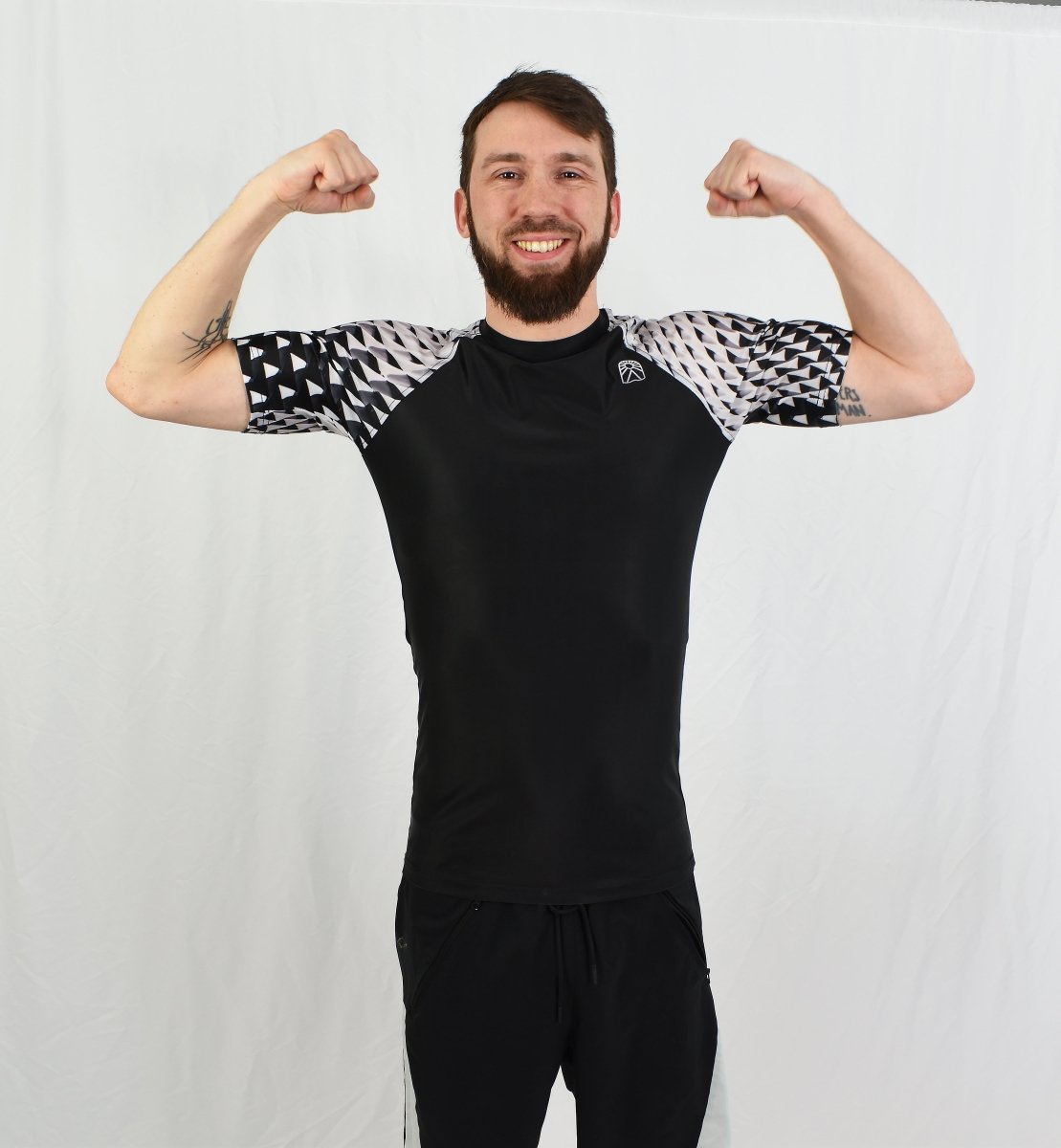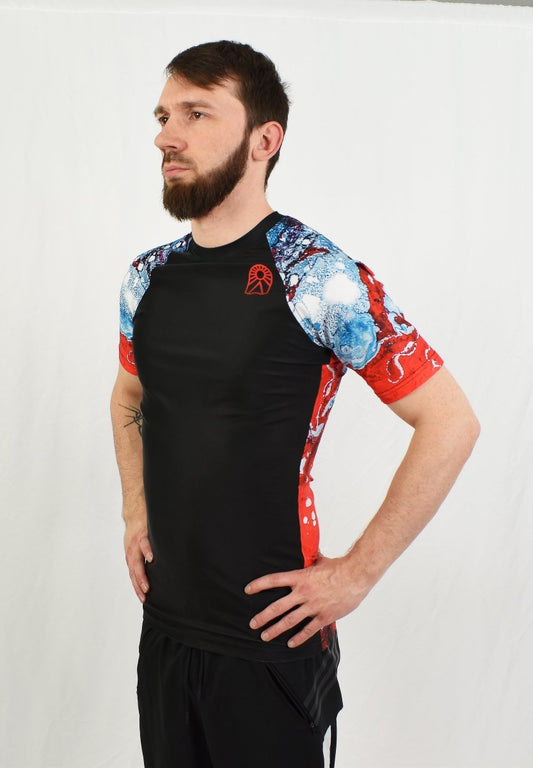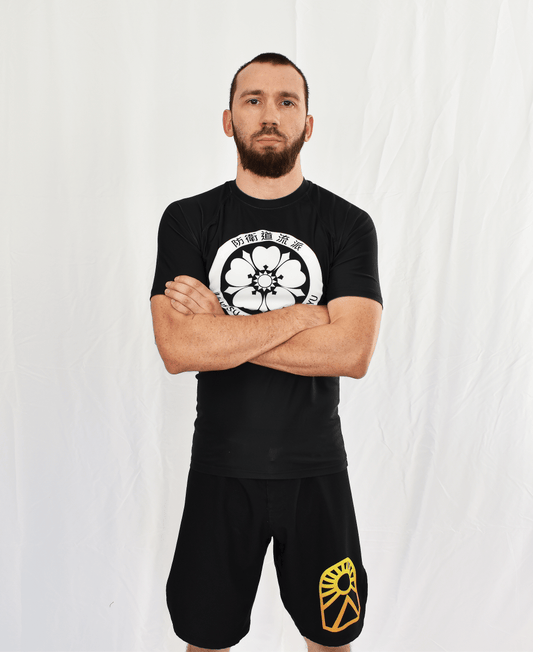
How to do good sparring to train for fighting
Pascal CadoretteEverything you need to know before doing a good sparring session
Are you new to combat sports? Maybe you already have a lot of experience in combat sports, but are looking to improve?
For beginners entering the world of sparring or any fighter looking to take their skills to the next level, here are several key things to consider in your upcoming sparring sessions to learn as much as possible and make your future sparring sessions more rewarding.
Equip yourself with the right equipment
Wear the proper training gear, including gloves, shin guards, mouth guard, and groin protection. Safety should always come first. Ego has no place in your sparring. This is not the time to prove anything, as you will quickly realize that an injury can be very costly in your training.
There are several good websites where you can find suitable training equipment, here you will find all the equipment you need in Brazilian Jiu Jitsu as for your rash guards, you can find a host of rash guards suitable for jiu jitsu, kickboxing or MMA, here .
Make a good one warm-up
Start with a thorough warm-up to prepare your muscles and joints for the intensity of sparring. Include dynamic stretching and shadow boxing to get your body moving.
It is absolutely essential to warm up your body before asking it to do intense exercises. Otherwise, you increase the chances of injury. Personally, I find that the best warm-up is a sparring flow of 3-4 rounds of 3-5 minutes. Sparring flow is like sparring, but at 30-40-50% of the normal strength and speed. It is simply about playing, moving and warming up.
Focus on technique
Use sparring as an opportunity to practice and refine your techniques. Focus on proper form, balance, and timing rather than just landing strikes.
Each of your sparring sessions should teach you something.
You MUST come away with some reflection and learning. Don't look to win, look to improve.
Control your power
Practice control and restraint during the fight to avoid causing unnecessary damage to your partner. Try to make contact with your strikes, but reduce the power to avoid injury.
Controlling your power is not only to avoid hurting your partner, but also to avoid hurting yourself. The more fights you have, the less energy you will have. The less energy you have, the more messy your movements are and that's when bad movements happen and injuries happen.
Stay calm And observer
Keep a clear mind while sparring and stay aware of your surroundings. Stay calm under pressure and be aware of your opponent's movements and intentions.
Try new things, observe your opponents patterns, notice how your opponent reacts to your feints or attacks, take notes and try new techniques based on what you have observed.
Sparring is the time to test out techniques or refine your techniques. Much like our article How to Do a Good Jab or The 10 Most Commonly Used Submissions in Jiu Jitsu , sparring is a time to take the tips we've shared with you and put them into practice!
Make a partner rotation
Train with a variety of partners to experience different styles and techniques. This will help you adapt to different fighting styles and improve your overall skills.
Some more experienced partners will require you to step out of your comfort zone, have to innovate and even work on your defense.
While some more beginner partners will allow you to work on your creativity and the finesse of your techniques for the future.
Ask questions questions and listen to them comments
Be open to feedback from your coaches and training partners. Put your ego aside. Use their knowledge to identify areas for improvement and continue to grow as a fighter.
Dare to ask questions to get your opponents' opinions, to learn from their experience too.
Try to get feedback from your training partners to get an external perspective on your technique and areas for improvement.
Finish with stretching
Finish your workout with a proper cool-down to help your body recover and reduce the risk of soreness and injury. Include static stretching and light cardio to promote flexibility and circulation.
Stretching can be static or ballistic (movements), but the important thing is to help your body land gently after intense effort.









